1. Gillette Safety Razor (1903)
For most of history, shaving wasn’t simply a matter of spending a few minutes by the sink, as shaving razors were essentially highly sharpened knives that required finesse and skill to handle without causing serious harm. King Camp Gillette (yes, that was his actual, legal name) had two ideas that would revolutionize shaving forever: the first one was to encase the razor in a protective shell to minimize dangerous contact with the skin, and the second was to make the disposable, so you needn’t throw the entire thing when the razor takes on rust. This is what his first safety razor looked like.
2. Harley-Davidson Motorcycle (1903)
If this contraption looks like a regular old bike, that’s because that’s exactly what it is. The first motorized bicycle William S. Harley built with the help of the Davidson brothers was built on top of a preexisting bicycle model. As you could probably tell from looking at it, the engine wasn’t nearly powerful enough, and in order to drive this thing uphill, pedals had to be used. Nevertheless, Harley and the Davidsons saw this endeavor as a valuable learning experience.
3. Ikea Furniture (1951)
Founded in 1943 by Ingvar Kamprad, the Swedish furniture empire didn’t start as such, but rather as a mail-order shop that sold all sorts of small things like watches and pens. It was only five years later that Kamprad started to sell furniture, and the first-ever Ikea furniture catalog was released in 1951. As you can see, the type of furniture sold was wildly different, too, and did not arrive pre-assembled.
4. Hugo Boss Fashion (1928)
Some companies have quirky beginnings, while others are steeped in morally reprehensible deeds. The Hugo Boss clothing company was established by its eponymous founder in 1924, but in the rough economic environment of interbellum Germany, Boss was forced to declare bankruptcy soon after. That might have been the end of it, but he was saved by the devil. Since 1928, Boss started making uniforms for the up-and-coming Nazi party, supplying clothes for the Stormtroopers, the Waffen SS and the Hitler Youth. It was through his business with the NSDAP that he really got his break.
5. Lego (1935)
In the 1930s, the Great Depression hit Denmark and carpenter Ole Kirk Christiansen found it hard to get his hands on enough wood to keep making furniture, and so he decided to instead start making wooden toys, like this drag-along duck that flaps its bill as it moves. The universally-beloved modular interlocking bricks we all know didn’t come along until 1949.
6. Ford (1903)
To create the original Ford Model A, the Ford Motor Company expended nearly all of their budget, leaving only 223.65$ (the equivalent of 6520.70$, these days) in the bank account, a courageous gambit, but one that paid off, as the Model A was able to make a profit, paving the way for the hugely successful Model T.
7. Boeing (1916)
This honestly ridiculous-looking aircraft, with its square cockpit and garish colors, was the first-ever Boeing airplane manufactured, believe it or not. But while the seaplane might not have been sleek or pretty, it was good enough for Boeing to make money off of it by selling it to the New Zealand Flying School (after the US Air Force turned Boeing down).
8. Hoover Vacuum Cleaner (1907)
They say necessity is the mother of innovation, and this was certainly true of James Murray Spangler, an asthmatic who was suffering from fits due to dust accumulation on his carpet. His first functional vacuum cleaner was a fan motor tacked onto a broomstick with a pillowcase and a tin soapbox attached. He later refined and patented the invention and gave one to his cousin, Susan Hoover, who was impressed by the contraption and told her husband and son about it. The Hoovers bought the patent from Spangler, and the rest is history.
9. Apple Computers (1976)
Imagine for a minute that this… thing in a briefcase will one day evolve into the iPad. The first PC produced and sold by Steve Wozniak and Steve Jobs was essentially a kit for computer geeks, meaning that it was just a circuit board and any additional parts, such as a keyboard and monitor, had to be added by the buyer. In order to bankroll the Apple I, Jobs and Wozniak sold their only items of value: a VW Microbus and HP-65 calculator. The Apple I was a success, and a year later they were able to sell the Apple II, an assembled PC, complete with keyboard and color screen.
10. L’Oréal (1907)
Graduate of the Paris Institute for Applied Chemistry, Eugene Schueller invented the first safe-for-use synthetic hair dye, originally called Oréale, which he independently sold to hairdressers before founding his cosmetics company. Unfortunately, the beginnings of L’Oréal are also mired in darkness, as Schueller was a member of several fascist societies and was a supporter of the Nazi-aligned Vichy Regime.
11. Nintendo (1889)
While Nintendo is known all around the world as titans of gaming, producing such phenomena as Super Mario and Pokémon, it was entirely different games that got this Japanese colossus its start. When the first European sailors and merchants came to Japan, they brought with them playing cards, which caught on like wildfire in Japan. When the shogun closed Japan to outside influence, these cards were banned, and so Japanese gambling houses, run by the Yakuza, created their own cards called “hanafuda” or flower cards. By 1889 the ban on western-style playing cards was lifted, but hanafuda were already well established, particularly in the Japanese criminal underworld. There’s even a theory that Nintendo’s name derives from a phrase meaning “leave luck to heaven”.

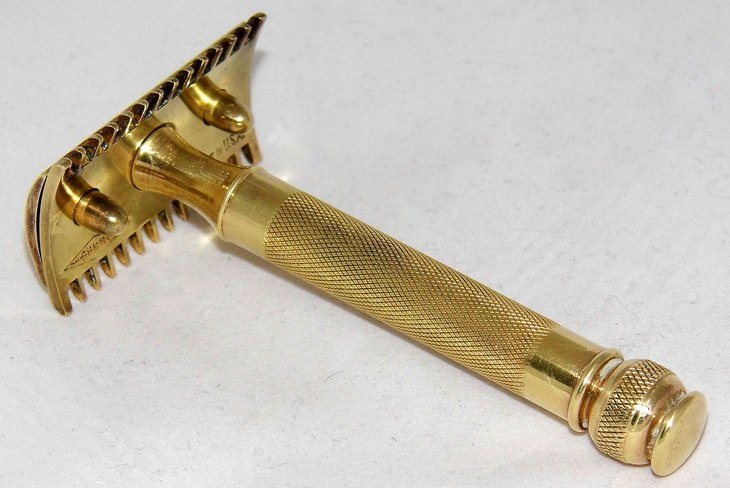 Source: Joe Haupt
Source: Joe Haupt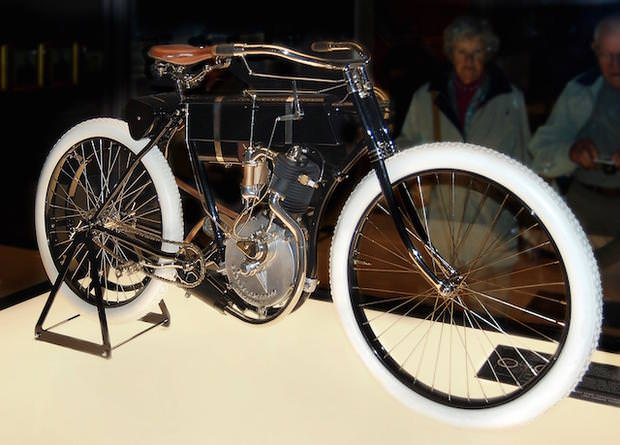 Source: Danemroberts
Source: Danemroberts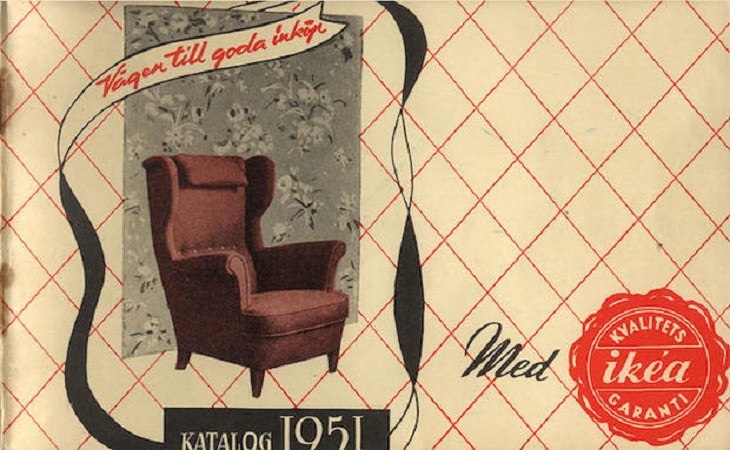

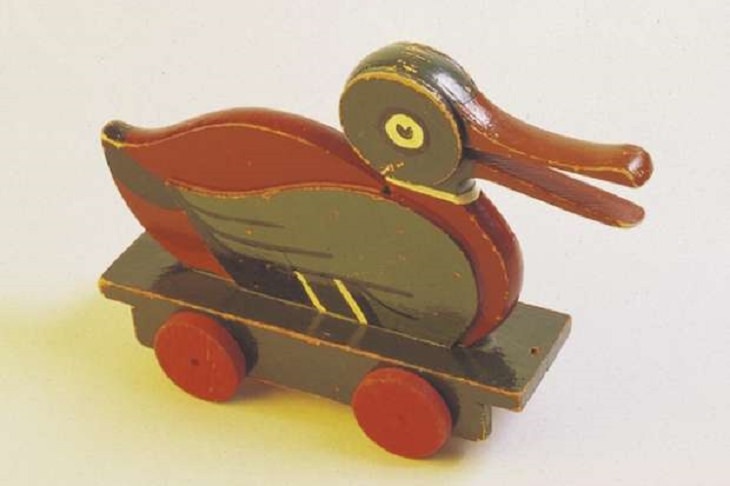
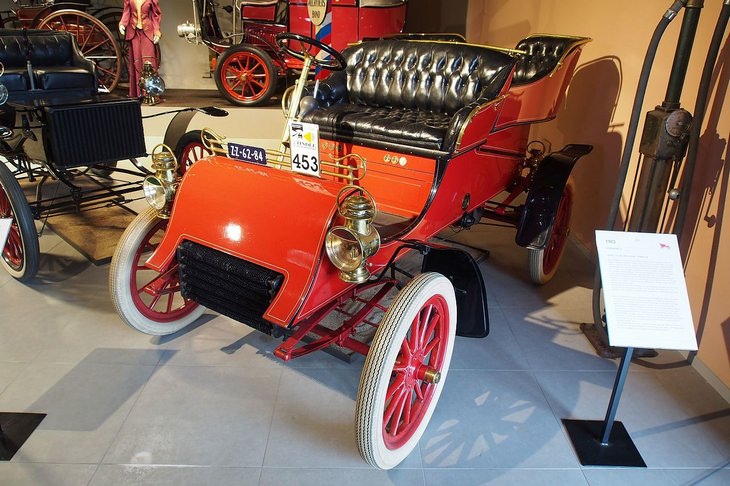
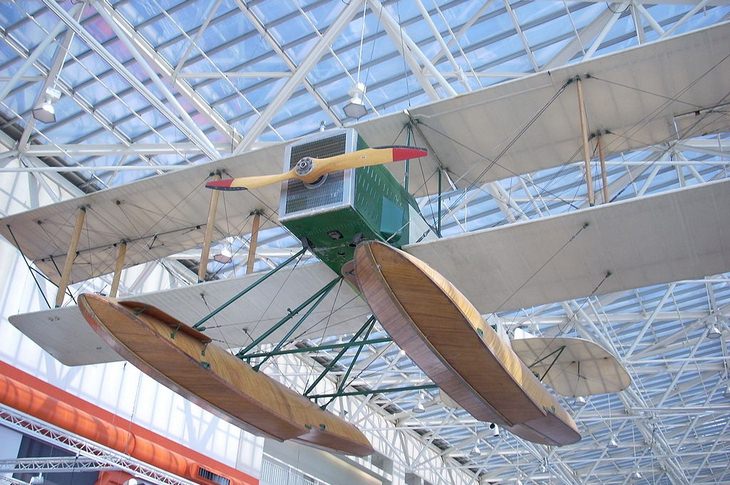
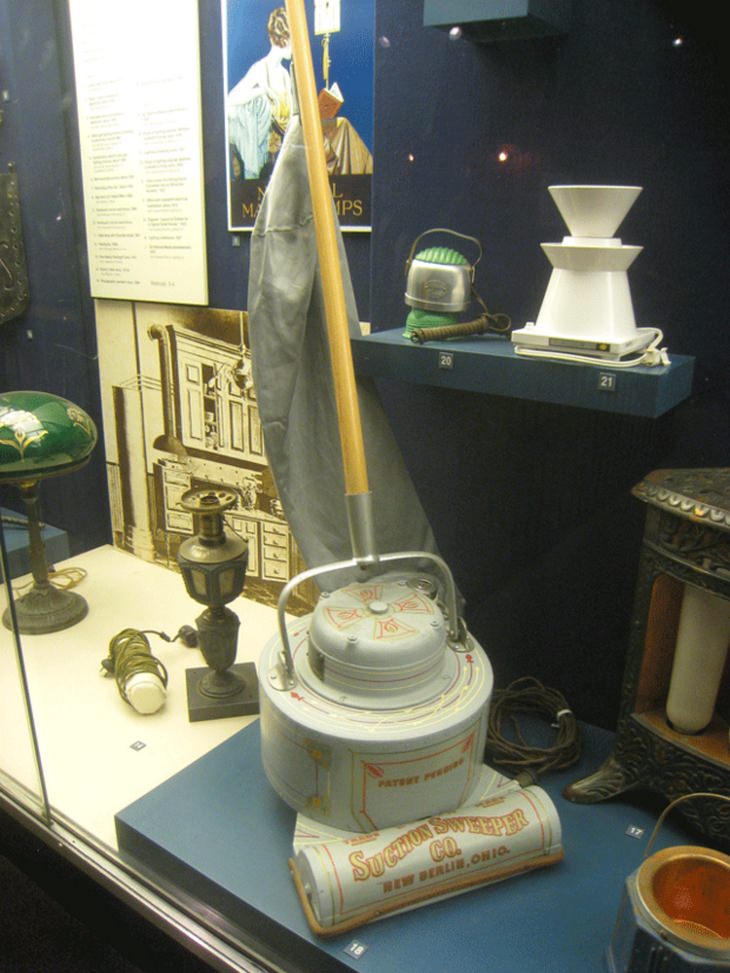
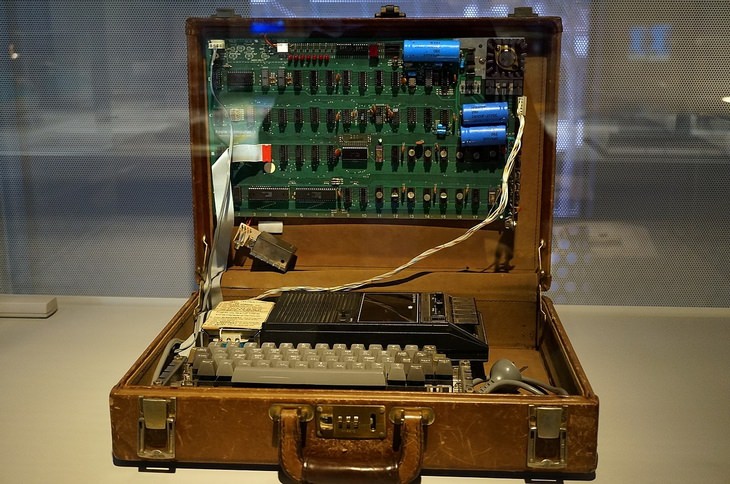 Source: Binarysequence
Source: Binarysequence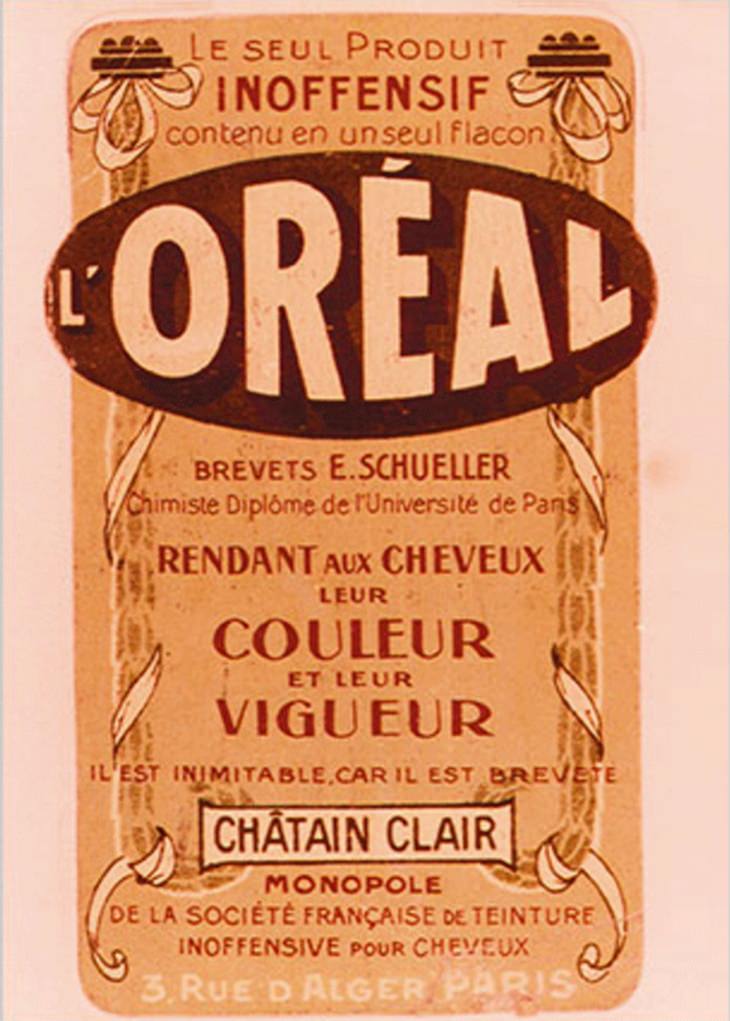
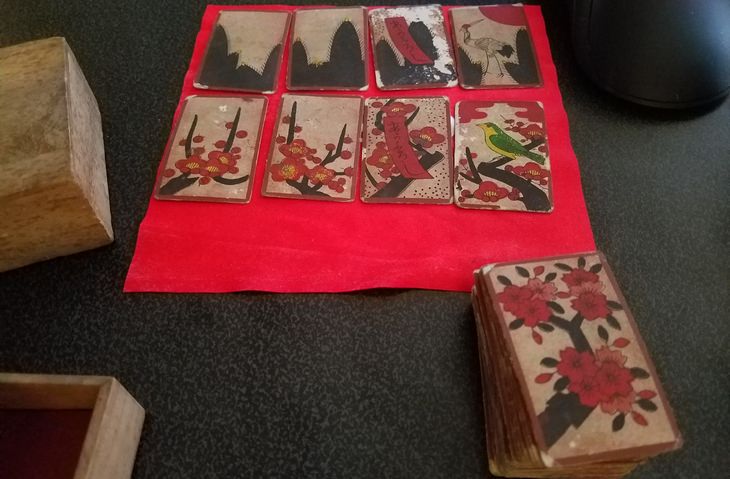 Source: Imgur
Source: Imgur